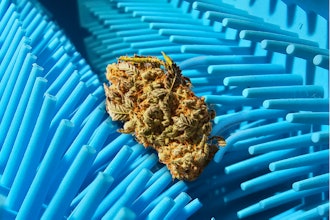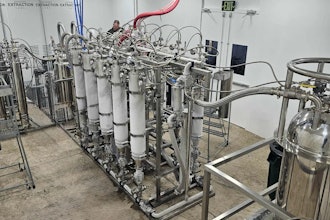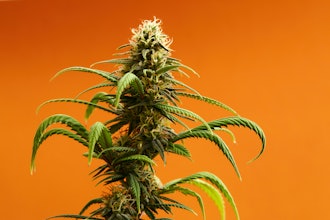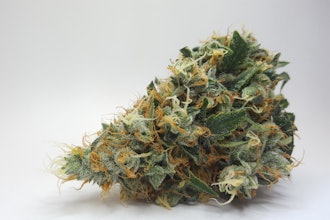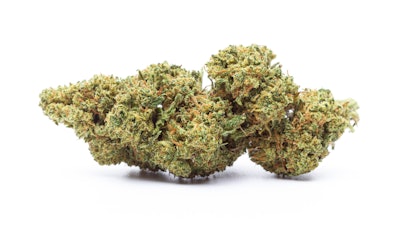
Abstrax has published research uncovering new flavor compounds in cannabis. This research offers insights into optimizing cannabis breeding programs through advanced chemical analysis and the practice of chemohunting. Conducted in collaboration with 710 Labs and SepSolve Analytical, the published study reveals the impact of minor, non-terpenoid compounds, called flavorants, on the aroma profiles of cannabis varieties, even when the plants are genetically similar.
This research introduces chemohunting — a detailed approach to selective breeding that evaluates cannabis phenotypes based on their comprehensive chemical profiles, or "chemotypes."
"Within the cannabis industry, phenohunting – the process of selecting progeny from a cross of two parents – has traditionally been more of an art than a science," said TJ Martin, Vice President of Research at Abstrax. "Cultivators typically grow thousands of seeds to identify plants with desired traits, such as growth vigor, pest resistance, and unique aromas. While growth characteristics can be visually monitored, selecting for aroma has been largely subjective. With chemotyping, we provide breeders with the analytical tools to select for specific chemical traits, transforming the breeding process from an art to a science."
Twinkle Paryani, R&D Laboratory Chemist at Abstrax and the main author of the paper, further elaborated on the significance of these methods: "Chemohunting and chemotyping are revolutionary because they provide the quantitative evidence breeders have long observed anecdotally. These practices empower breeders to make more accurate selections and deepen their understanding of plant traits. They also offer valuable insights into the inheritance of specific properties without the high costs of sequencing, which can be a significant barrier for growers. As these methods become more widely available, ideally through testing labs, this knowledge will become accessible to everyone."
One of the most significant discoveries was 3-mercaptohexyl hexanoate (3-MHH), a newly identified member of the tropicannasulfur compound (TCSC) family, which contributes to intense citrus and sulfurous aromas. Additionally, Abstrax notes for the first time in cannabis flower the presence of octanoic (OA) and decanoic acids (DA), linked to the sharp, pungent cheese aromas found in certain cannabis varieties.
Furthering their analysis, Abstrax discovered an inverse relationship between two flavorant classes—TCSCs and indole, the musty heterocycle that lends dank pungency to Chem-like varieties. This discovery allows breeders to effectively chemohunt for high-TCSC, low-indole phenotypes or vice versa, potentially redefining the team's Exotic Cannabis Aroma Spectrum and offering a new language for consumers who are confused by traditional strain names.
"Our findings validate our previous research showing that minor, non-terpenoid compounds significantly influence the unique aroma characteristics of cannabis," said Martin. "Even genetically similar cannabis phenotypes can exhibit a wide range of aromas, thanks to these lower concentration compounds. Ignoring them in routine analytical testing minimizes the usefulness of the data and misses out on vital information that can drive the cultivation of cannabis with specific, desirable traits."
"We're thrilled to support and promote Abstrax's groundbreaking research," says Boris Shcharansky, Vice President of Cannabis Advisory at Weedmaps. "This study is poised to significantly impact the cannabis industry by providing breeders with deeper insights and tools to refine their cultivation practices. The ability to target and enhance specific aroma profiles through advanced chemotyping is an exciting development that aligns with Weedmaps' mission to connect consumers with the highest quality cannabis products."













